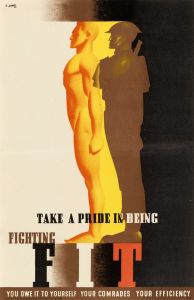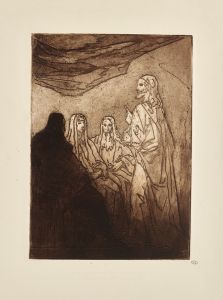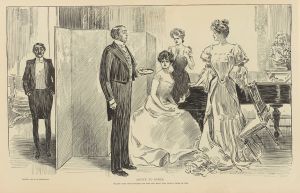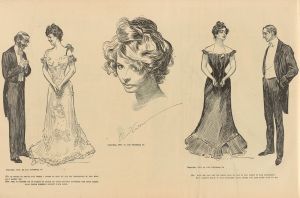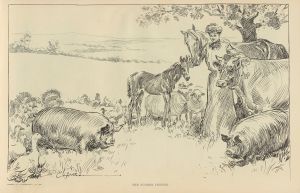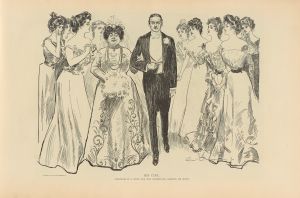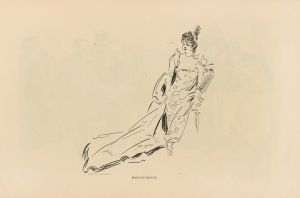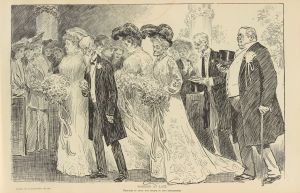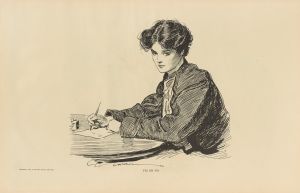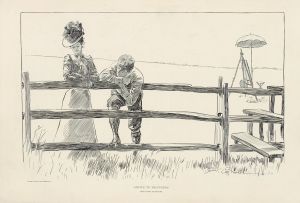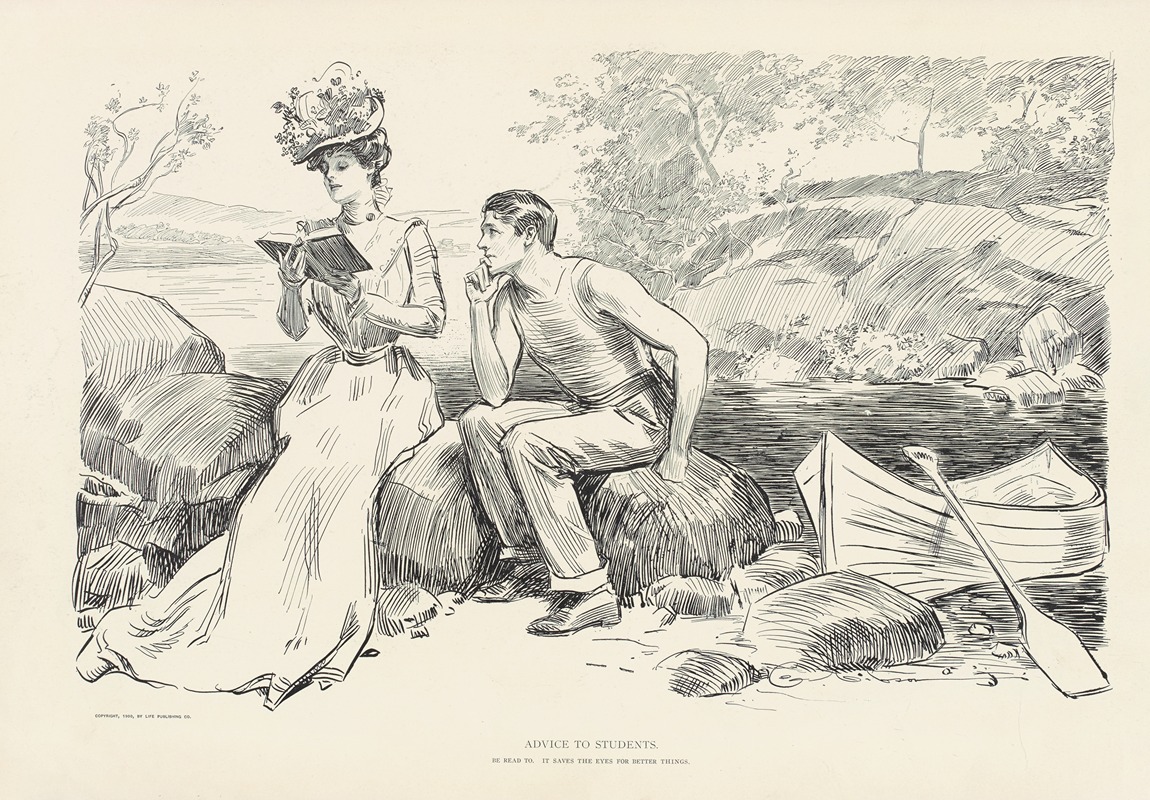
Advice to students- Be read to. It saves the eyes for better things
A hand-painted replica of Charles Dana Gibson’s masterpiece Advice to students- Be read to. It saves the eyes for better things, meticulously crafted by professional artists to capture the true essence of the original. Each piece is created with museum-quality canvas and rare mineral pigments, carefully painted by experienced artists with delicate brushstrokes and rich, layered colors to perfectly recreate the texture of the original artwork. Unlike machine-printed reproductions, this hand-painted version brings the painting to life, infused with the artist’s emotions and skill in every stroke. Whether for personal collection or home decoration, it instantly elevates the artistic atmosphere of any space.
Charles Dana Gibson was an influential American illustrator, best known for creating the iconic "Gibson Girl," a representation of the idealized American woman at the turn of the 20th century. His work captured the spirit of the era and had a significant impact on American culture and fashion. One of his lesser-known works is the illustration titled "Advice to students- Be read to. It saves the eyes for better things."
This illustration, like many of Gibson's works, reflects his keen observation of societal norms and his ability to infuse humor and wit into his art. The title itself suggests a playful admonition to students, encouraging them to be well-read, perhaps implying that being knowledgeable can lead to a more fulfilling life, freeing one's eyes for more enjoyable pursuits. This aligns with Gibson's typical style, which often included a satirical take on contemporary issues and social mores.
Gibson's illustrations were primarily published in popular magazines of the time, such as Life, Harper's Weekly, and Scribner's, where they reached a wide audience and influenced public opinion. His work was characterized by its detailed pen-and-ink technique, which allowed for expressive and dynamic compositions. The "Advice to students" illustration likely employs this same technique, showcasing Gibson's skill in capturing expressions and gestures that convey a narrative without the need for words.
The context of this particular illustration is important in understanding its significance. During the late 19th and early 20th centuries, education was becoming more accessible, and there was a growing emphasis on the importance of being well-read. Gibson's illustration can be seen as a reflection of this cultural shift, using humor to comment on the value placed on education and intellectual pursuits.
While "Advice to students- Be read to. It saves the eyes for better things" may not be as widely recognized as the "Gibson Girl" series, it nonetheless exemplifies Gibson's ability to capture the zeitgeist of his time. His work remains a valuable resource for understanding the social and cultural dynamics of early 20th-century America.
Gibson's legacy as an illustrator is significant, as he not only shaped the visual culture of his era but also influenced future generations of artists. His illustrations continue to be studied for their artistic merit and their commentary on the society of his time. "Advice to students" is a testament to his talent for combining art with social commentary, making it a noteworthy piece in his extensive body of work.





